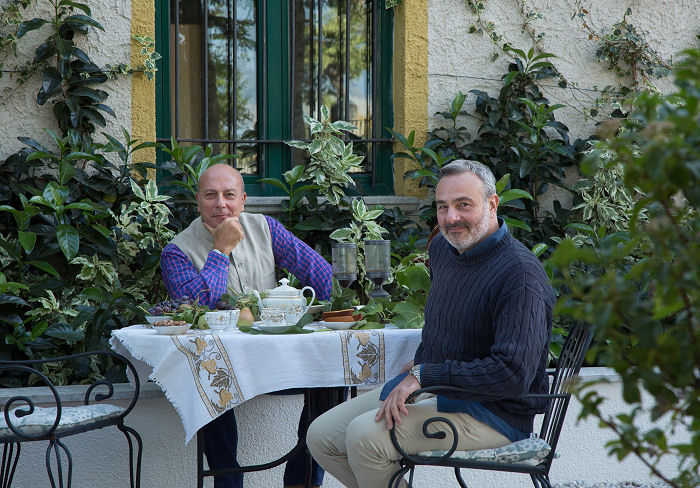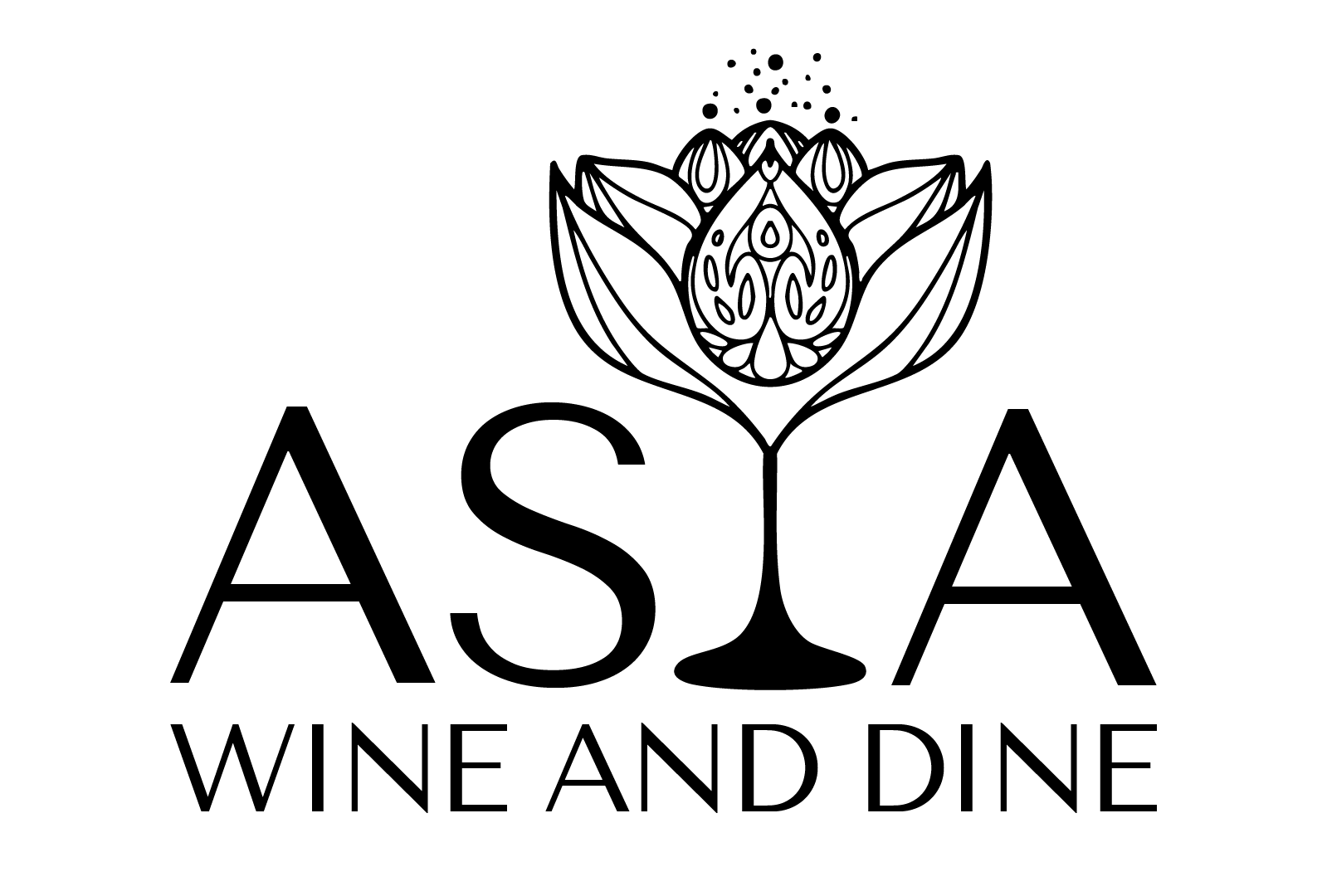Trends in the Asian Wine Market in 2024

Roberto di Meo shares his perpective on Irpinia
Located in the rolling hills of Irpinia, in the heart of Campania, Azienda Agricola Di Meo is a family-owned winery that celebrates the rich winemaking traditions of Southern Italy. Founded by the Di Meo siblings, the estate is renowned for its dedication to preserving native grape varieties—such as Fiano di Avellino, Greco di Tufo, and Taurasi—through wines that are deeply expressive of their terroir. Combining innovation and heritage, Di Meo produces wines of elegance, longevity, and strong territorial identity, while also promoting the cultural and historical wealth of the region.
How did the Asian wine market evolve in 2024?
It’s not easy to give a straightforward answer, as the Asian wine market is highly variable across different countries. However, based on both direct feedback from industry colleagues and data from technical reports—such as those from Eurostat, the statistical office of the European Union—it appears that exports of European wine to key Asian markets (China, Hong Kong, Japan, South Korea) experienced notable declines in 2024.
What are the forecasts for 2025?
Looking ahead, economic and demographic growth, regulatory reforms, and the development of emerging markets provide a more optimistic outlook for 2025 and the years to come.
Which markets were the most interesting and why?
One of the most dynamic and promising markets right now is Thailand. In recent years, the removal of heavy taxes and the rebound of the tourism industry have driven rapid growth. The recent government decision to lower import and excise duties on wine has further accelerated this trend.
Vietnam is following a similar path, although with more uncertainty, as the government plans to double wine taxes by 2030. And of course, India stands out for its sheer market potential due to its massive population. Yet, it remains one of the most challenging markets to access because of prohibitive tariffs and complex provincial regulations that create major hurdles for wine importers.

Which markets are the most established, and what types of wines perform best there?
Markets like Japan, South Korea, China, Singapore, and Hong Kong continue to lead in wine consumption, with a growing appreciation for high-quality, premium wines.
Which markets are the most profitable in terms of margins?
Hong Kong remains the most profitable market in terms of profit margins, thanks to its role as a luxury hub and gateway to China.
Which are the most gourmet-oriented markets?
Definitely: Vietnam, China, Thailand, Malaysia, India, and the United Arab Emirates, with Japan being a timeless benchmark for gourmet culture in Asia.
How much do you invest in terms of energy and promotion across Asian markets?
In recent years, we had focused more on North America and smaller Western markets. However, starting this year, we’ve made a strategic shift: Asia is back at the center of our export strategy. We're once again participating in promotional events, tastings, and meetings with trade professionals, investing significantly more resources, both financially and logistically, than in the past.






